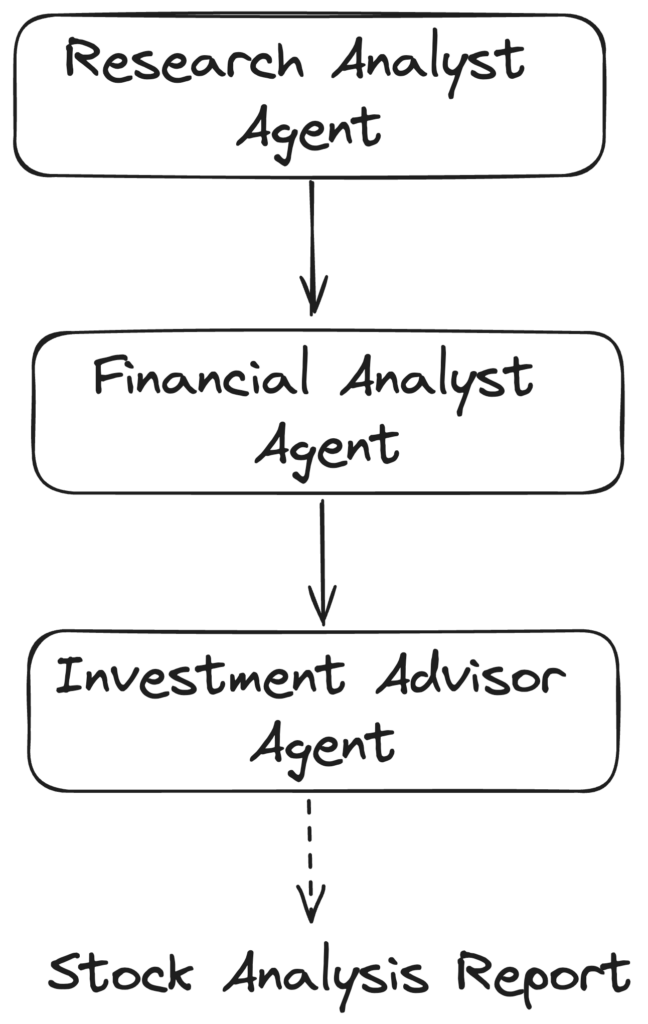20 New Pieces Of Advice For Choosing Getstocks Ai Websites
20 New Pieces Of Advice For Choosing Getstocks Ai Websites
Blog Article
Top 10 Tips For Evaluating Market Coverage Using Ai Trading Platforms And Stock Forecasting
Market coverage plays a crucial aspect in evaluating an AI platforms for analyzing and predicting stocks, as this will determine your ability to access a vast array of financial markets. With a platform that provides comprehensive coverage, you can diversify your portfolio and avail of opportunities across the globe. It is also possible to adapt to different trading methods. Here are the top ten tips to assess the market coverage offered by these platforms:
1. Evaluate Supported Asset Classes
Stocks - Make sure you are connected to major stock exchanges such as NYSE and NASDAQ. Additionally, make sure that your platform offers small-caps and mid-caps.
ETFs: Make sure that the platform offers an array of ETFs to provide diversified exposure across categories, themes and even regions.
Options and Futures: Check if the platform supports derivatives like options, futures and other products that leverage.
The commodities and forex. Check if the platform offers forex pairs as well as base and precious metals, energy-related products, and agricultural commodities.
Cryptocurrencies: Verify if the platform you are using is compatible with major cryptocurrencies including Bitcoin and Ethereum and other currencies.
2. Check Geographic Coverage
Global markets: The platform must be able to cover the major global markets, including North America and Europe, Asia-Pacific and emerging markets.
Concentrate on regional markets: Find out if a platform is focused on particular markets or regions that align with your goals in trading.
Local exchanges. Check whether the platform allows exchanges regional or local to your area.
3. Compare Real-Time Data with Delayed Data Delayed Data
Real-time data: Ensure that the platform provides real-time information for trading, and to make timely decisions.
Data that is delayed: Find out if delayed data is available at no cost or at a cheaper cost, which could be sufficient for investors who are looking to invest long-term.
Data latency: Determine whether the platform reduces data latency, specifically for high-frequency trading.
4. Assess Historical Data Availability
The depth of historical data: Make sure the platform provides extensive historical data that can be used for backtesting, analysis and testing (e.g. 10+ years).
Granularity: Verify whether the historical data include intraday granularity, as well with weekly, daily and monthly.
Corporate actions: Verify that the data from the past takes into account stock splits (if applicable) dividends, stock splits and any other corporate actions.
5. Find out the market's depths and place an order for books
Data Level 2: Ensure the platform offers Level 2 (order book depth), for better price discovery.
Review the bid-ask price ranges to ensure accurate pricing.
Volume data: Verify that the platform has detailed volume data in order to evaluate market liquidity.
6. Examine the coverage of Indices and Sectors
Major indices: Check that the platform is able to handle major indices (e.g., S&P 500, NASDAQ 100, FTSE 100) for benchmarking and index-based strategies.
Data specific to a sector for targeted analysis make sure the platform has data specific to a specific sector (e.g. healthcare, technology or energy).
Custom indices. Make sure that the platform can track or create customized indices that meet your requirements.
7. Evaluate integration with News and Sentiment
News feeds : Ensure that you have a platform that integrates live news feeds. Ideally, they should come from reliable media sources (e.g. Bloomberg and Reuters), for the most significant market events.
Sentiment analysis: Find out if there are tools for sentiment analysis that are based on social media posts, news articles or other data sources.
Trades driven by events: Check the platform's capabilities to support events-driven trades (e.g. reports on economic data, earnings announcements).
8. Make sure you are aware of the Multimarket Trading Capabilities.
Cross-markets trading: The system will allow trading on different markets or asset classes through a single interface for users.
Currency conversion: Find out if your platform supports multi-currency trading and automatic currency conversion.
Time zone support: See if the platform accommodates trading in different time zones that are used for trading on global markets.
9. Check the coverage of alternative sources
Alternative data: Check if the platform integrates alternative sources of data (e.g. satellite imagery, web traffic, credit card transactions) for unique insights.
ESG data - Check that the platform is able to provide environmental, social, and governance information (ESG). This is essential for a an investment that is socially conscious.
Macroeconomic Data: Ensure whether the platform contains macroeconomic indicators such as inflation, GDP and interest rates.
Review Customer Feedback and Market Reputation
User reviews: Read user feedback to gauge the platform's market coverage and reliability.
Check for the platform's industry standing and reputation. This includes awards and acknowledgement from experts in the field.
Case studies and testimonials These will demonstrate the performance of the platform in particular market segments or asset classes.
Bonus Tips
Trial period - You can use the free demo or trial to test out the market coverage and data coverage.
API access Check if the API of the platform allows custom analysis using market data.
Customer Support: Verify that the platform is able to provide support for any market-related issues or data problems.
Check these points to determine the market coverage provided by AI stock trading platforms. Choose a platform with access to the markets, data and tools you need for successful trading. Market coverage is crucial to diversify portfolios, discover new opportunities, and adjust to market conditions. Take a look at the recommended trader ai review tips for website recommendations including using ai to trade stocks, getstocks ai, ai stock market, copyright ai trading bot, stocks ai, ai trading platform, ai trading app, best ai stock, best ai etf, ai stock price prediction and more.
Top 10 Tips For Maintaining And Updating Ai Trading Platforms
To ensure that AI-driven platforms that make predictions about stocks and trading secure and efficient, it is essential that they be regularly updated. Here are 10 top tips to assess their update and maintenance strategies:
1. Updates occur frequently
You can check the frequency with which updates are released (e.g. every week, every month, or quarterly).
Regular updates show the ongoing improvement of the product and the ability to adapt to market trends.
2. Transparency is the key to the Release Notes
Check out the release notes for your platform in order to identify what enhancements and modifications were implemented.
Why? Transparent release notes show the platform's commitment to continuous improvement.
3. AI Model Retraining Schedule
Tip: Find out how often AI models are retrained by using fresh data.
The reason is that markets change, and models need to be revised to ensure their the accuracy.
4. Bug Fixes and Issue Resolution
Tip: Check the speed at which the platform is able to resolve technical and bug issues.
Why: The platform will remain solid and functional if bugs fixes are carried out promptly.
5. Updates on security
Tips: Check if the platform regularly updates its security protocols to safeguard the privacy of traders and data.
Why is that cybersecurity plays a critical role in the financial services. It helps to protect against fraud and breaches.
6. Integration of New Features
Tip - Check if a platform has added new functions (e.g. improved analytics, new sources of data) based upon user feedback and/or market trends.
Why are feature updates important? They show innovation and responsiveness towards customer needs.
7. Backward Compatibility
Tips: Make sure that the update doesn't cause major disruption to existing functionality or require significant reconfiguration.
The reason is that backward compatibility allows for a smooth transition.
8. Communication between Maintenance and User Personnel
You can assess the dissemination of maintenance schedules and downtimes to users.
What is the reason? Clear communication prevents disruptions and builds confidence.
9. Performance Monitoring and Optimization
Tips: Make sure that the platform continuously monitors performance indicators (e.g. latency, latency and accuracy) and then optimizes its system.
Why is continuous optimization necessary to ensure the platform's efficiency.
10. Conformity to Regulatory Changes
Tips: Find out if the platform offers new features or policies that are in line with financial regulations and data privacy laws.
Reasons: Regulatory compliance is vital to minimize legal liabilities and to maintain confidence in the user.
Bonus Tip User Feedback Integration
Check if the platform actively incorporates user feedback into maintenance and updates. This shows a genuinely user-centric approach and a commitment to improving.
By evaluating these aspects by evaluating these aspects, you can be sure that the AI trade prediction and stock trading platform you select is maintained up-to-date and able of adapting to market dynamics that change. Follow the recommended his comment is here for ai options trading for site recommendations including ai stock trading bot free, ai copyright trading bot, ai stock trading, getstocks ai, chart ai for trading, chart analysis ai, ai trader, ai stock picks, ai stocks to invest in, invest ai and more.